The inspiration behind these interviews is that I like nothing more than hearing about how other artists work, what’s influenced them, their favourite tools, and what their workspaces are like.
Each Artist is given a list of questions and they get to choose how many and which questions to answer.
In this interview, I’m delighted to welcome Alison Rosby. I first saw her work on a wall at the home of who was the subject of last month’s artist interview (you can read that one here)
When I got home I looked her up, got in touch and here we are, welcome Alison…
1. Can you give us a brief introduction to yourself and your work, what your primary art form is and how long have you been creating?
I’m Alison, and live in a small village in Oxfordshire, with my husband Jon and Harry Dog.
I grew up near the coast in glorious Devon and I was very creative as a child, always making things and drawing and reading.
I studied English at university, and after a few random and brief jobs in recruitment and retail, I became a bookseller in a lovely independent bookshop for almost 30 years, during which time my main creative outlet was shop window displays!
I did draw occasionally, and dabbled in all kinds of crafts, but when I stopped working in my 50s, I started drawing again regularly, and I have been lucky to find a bit of an audience on Instagram.
I mostly draw on old Ordnance Survey maps, using pen and ink and watercolour.
2. Are there particular artists, movements, or cultures that have influenced your work?
I’m just a real magpie. We recently went to the amazing Vanessa Bell exhibition in Milton Keynes.
I love the work of the Bloomsbury group: that freedom of style and the colours. I love the drawings of Shepherd, Ardizzone, Edward Gorey and Sempe.
I was buying from all the main uk publishers for the bookshop, so I probably saw almost every children’s’ picture book that was published during the 90s and early 2000s, which must have had an influence.
I have quite a collection, as I was given copies by publishers, and bought any which really appealed to me.
3. How would you describe your artistic style and the themes that most inspire your work?
My map illustrations are simply influenced by my love of the coast. I love fishing harbours and poking around in rockpools, swimming in the sea and beachcombing.
I like old maps and other ephemera and have always been drawn to artists who use them in their work. I think Su Blackwell was the first person I was aware of doing that.
I think , like a lot of artists (and writers), I am intimidated by an empty sheet of paper, so the first time that I looked at an old ordnance survey map and saw the blue ‘sea’ part as a blank canvas, something clicked.
People have called my seaside map pictures ‘nostalgic’ and ‘whimsical’ and I’m delighted with that.
They make me happy, and they seem to make other people happy, and that’s not nothing. I also do drawings inspired by old china. To be honest, I would get a bit bored drawing a teacup as a still life. I have to invent something even if it’s a bit mad, which is why I put mermaids and wild swimmers in my teacups.
4. Can you describe your physical workspace or studio environment and does it influence your creative process?
I’m a mess! My long suffering husband calls the mountains of paper and maps and sketchbooks and pencils and pens and brushes that I leave in my wake my ‘piles of creativity’.
I am trying to limit myself to just one (maybe two?!) rooms of chaos.
I have a 30 year old Laura Ashley desk lamp, fitted with a really bright daylight bulb, and, really, that and a flat surface is all I need.
5. In what ways does the community or cultural environment around you shape your art?
In many ways, it doesn’t! I’m usually imagining myself by the sea, yet I’ve ended up in rural Oxfordshire, as far from the sea as you can get…
I am inspired by things I read, as much as by the physical environment. I have the sort of brain that retains quotations, lines of poetry and song lyrics, and they often find their way into my pictures.
I’m extremely proud that a map I painted a few years ago inspired by Edward Thomas’ poem ‘Adlestrop’ was bought by the Edward Thomas Centre in Petersfield for their collection.
Prints available here
6. How do you balance the demands of creating art with daily life and responsibilities?
I’m no longer in paid employment, so I do have the luxury of drawing pretty much whenever I want.
But we have a garden and 3 allotments, and I can lose whole days working on those when the weather’s right.
Jon and I both enjoy visits to galleries and gardens, and we like to get to the coast as often as we can in our camper van. I read a lot, too, and enjoy cooking.
But I’m not great at balance. Let’s just say that housework takes a bit of a back seat!
7. Have you had any challenges in pursuing a career as an artist, and how have you overcome them?
I struggle with the digital aspects of making and selling art. I don’t enjoy it, and I resent it, and I feel that in the time I spend battling my computer and printer, I could just be drawing!
Maybe it’s my age. I have ‘imposter syndrome’- but the more I read about and talk to other creatives, I think perhaps everyone does!
8. What’s next for you, are there any new projects on the horizon?
For the last 5 years, I have relied on Instagram for my audience, and I know that that is going to have to change. I think I will have to embrace in-person events and open studios, though I don’t have anything specific planned.
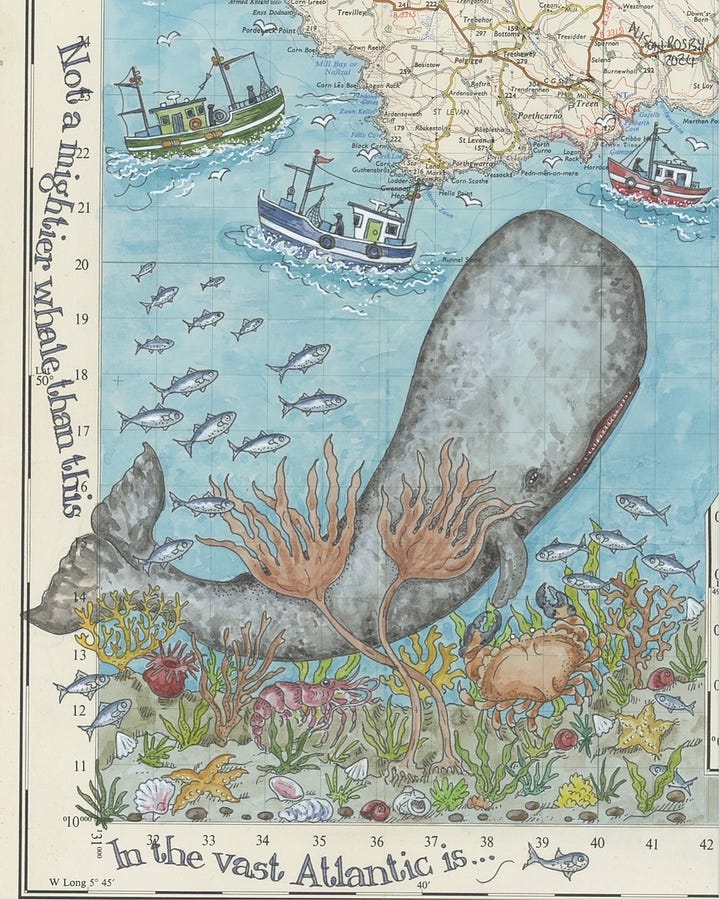
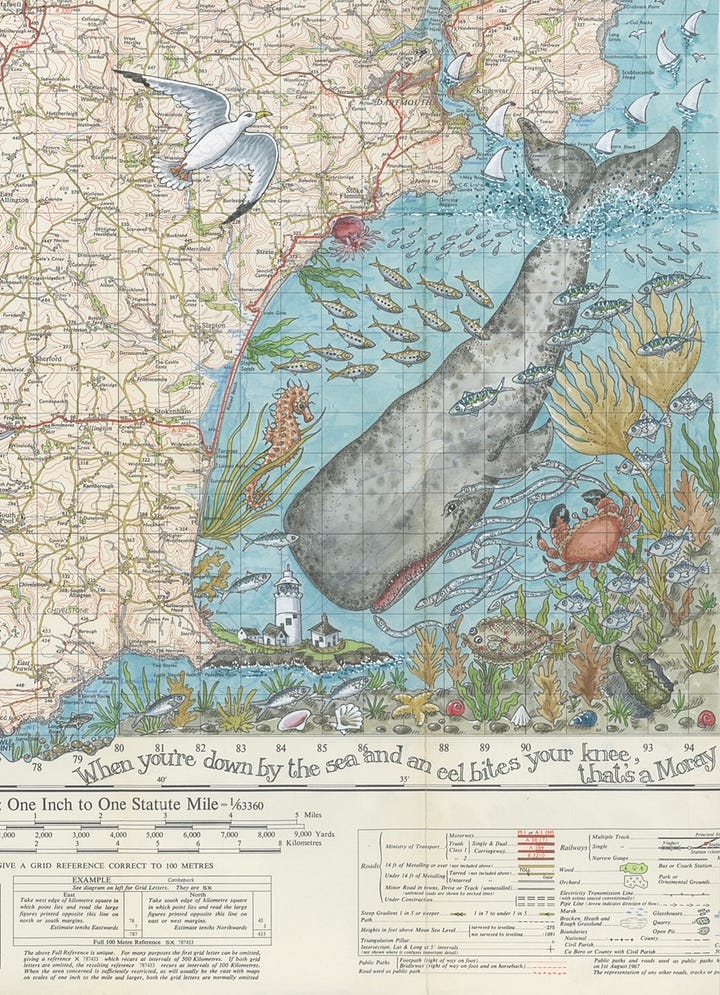
If you find Alison’s work as delightful as I do and need some for your home, you can find more on her website here;
You can buy from her Etsy shop
https://www.etsy.com/uk/shop/TheQuickBrownFoxUk
And follow her on Instagram
https://www.instagram.com/thequickbrownfoxuk
My next Artist Interview will be published next month, if you’d like to read more, click here and please share with anyone else you think would like to read these too!


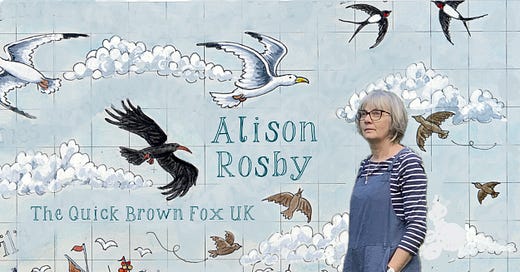


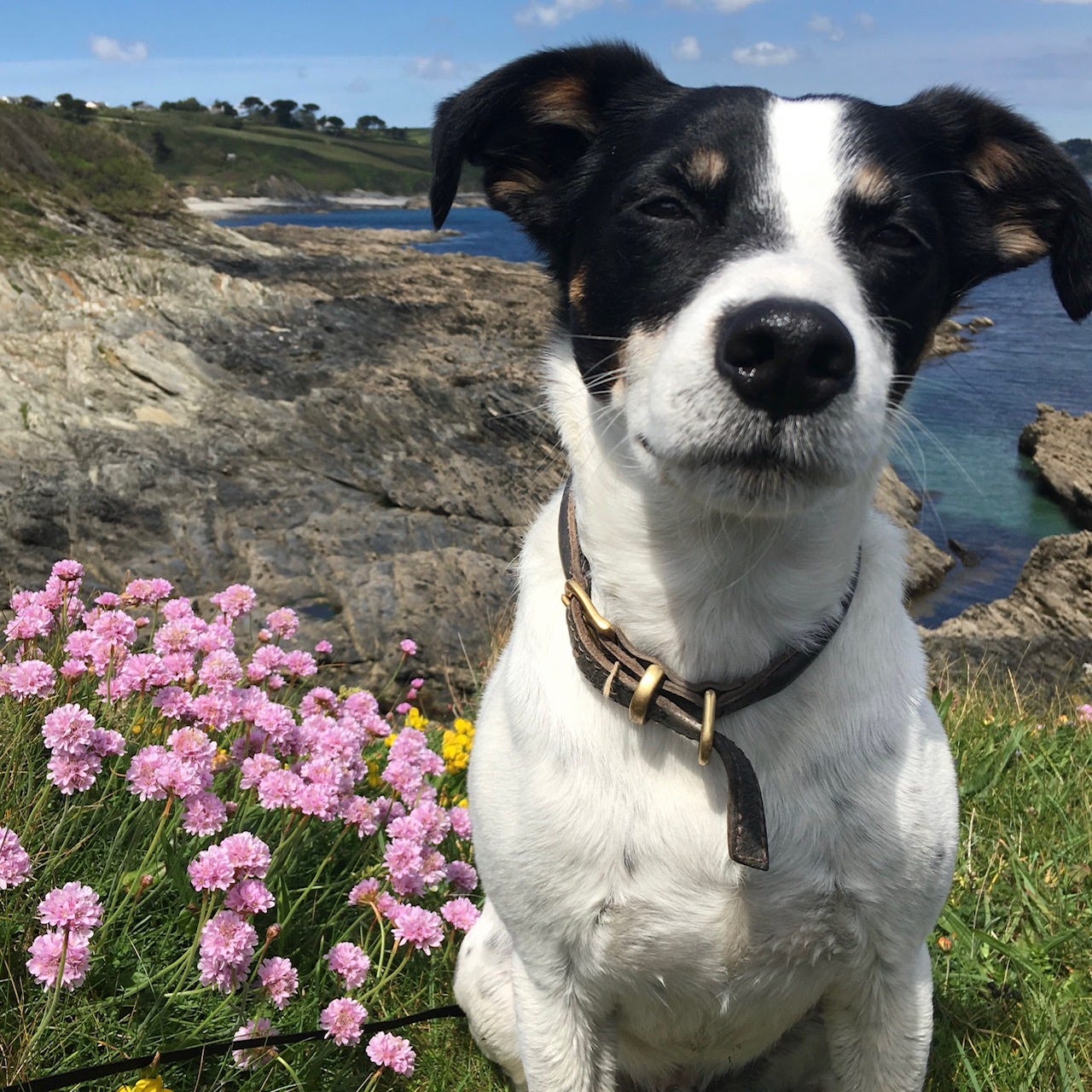
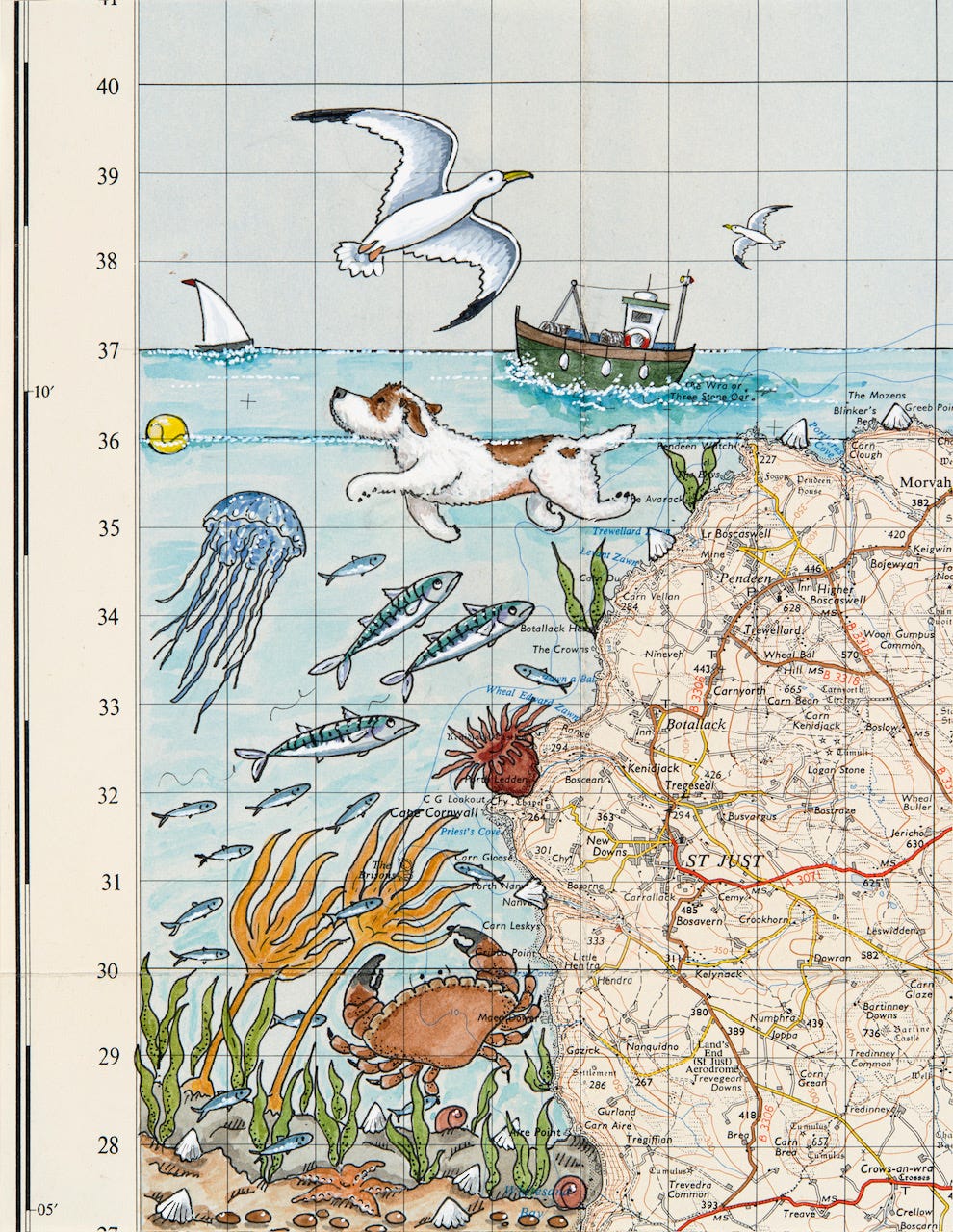
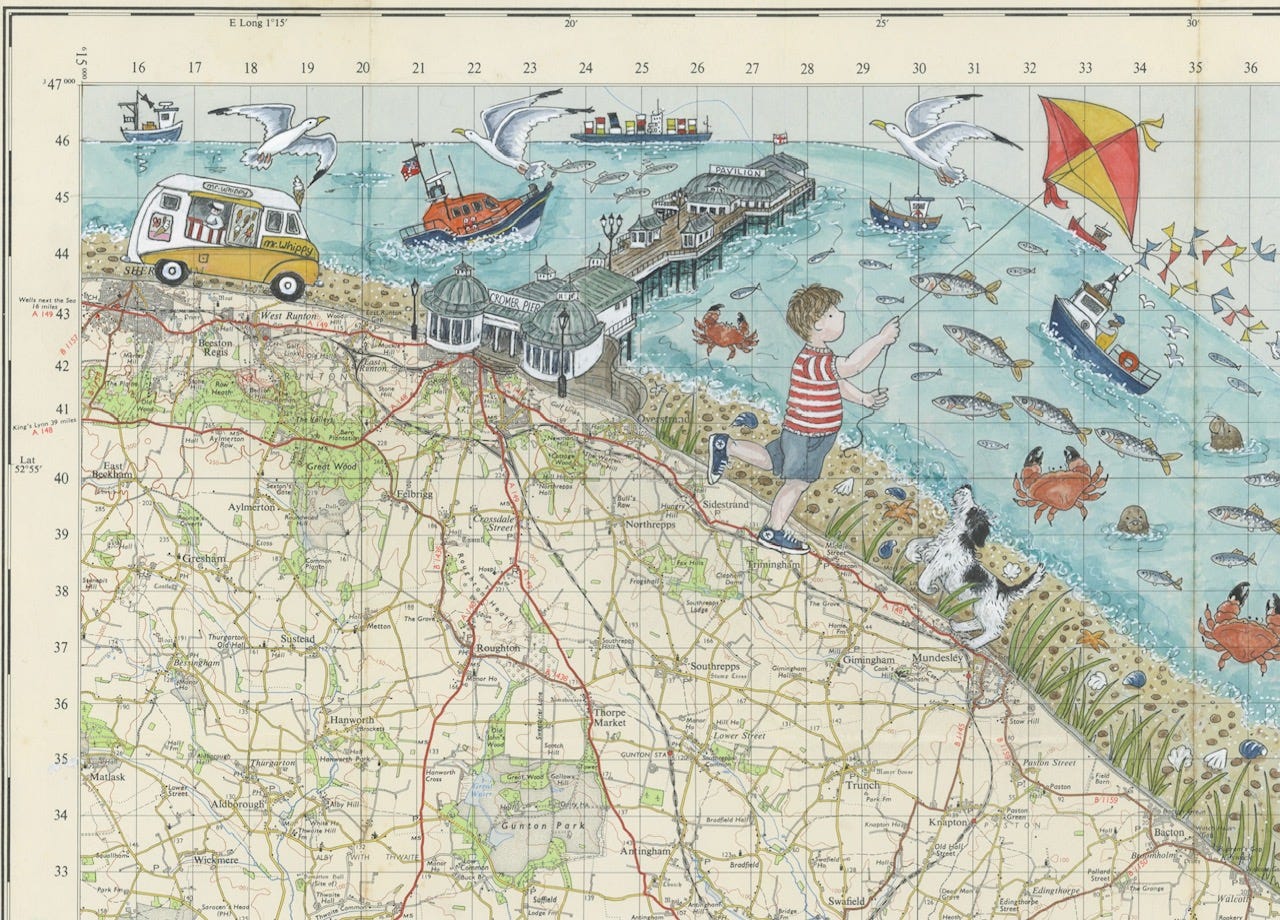
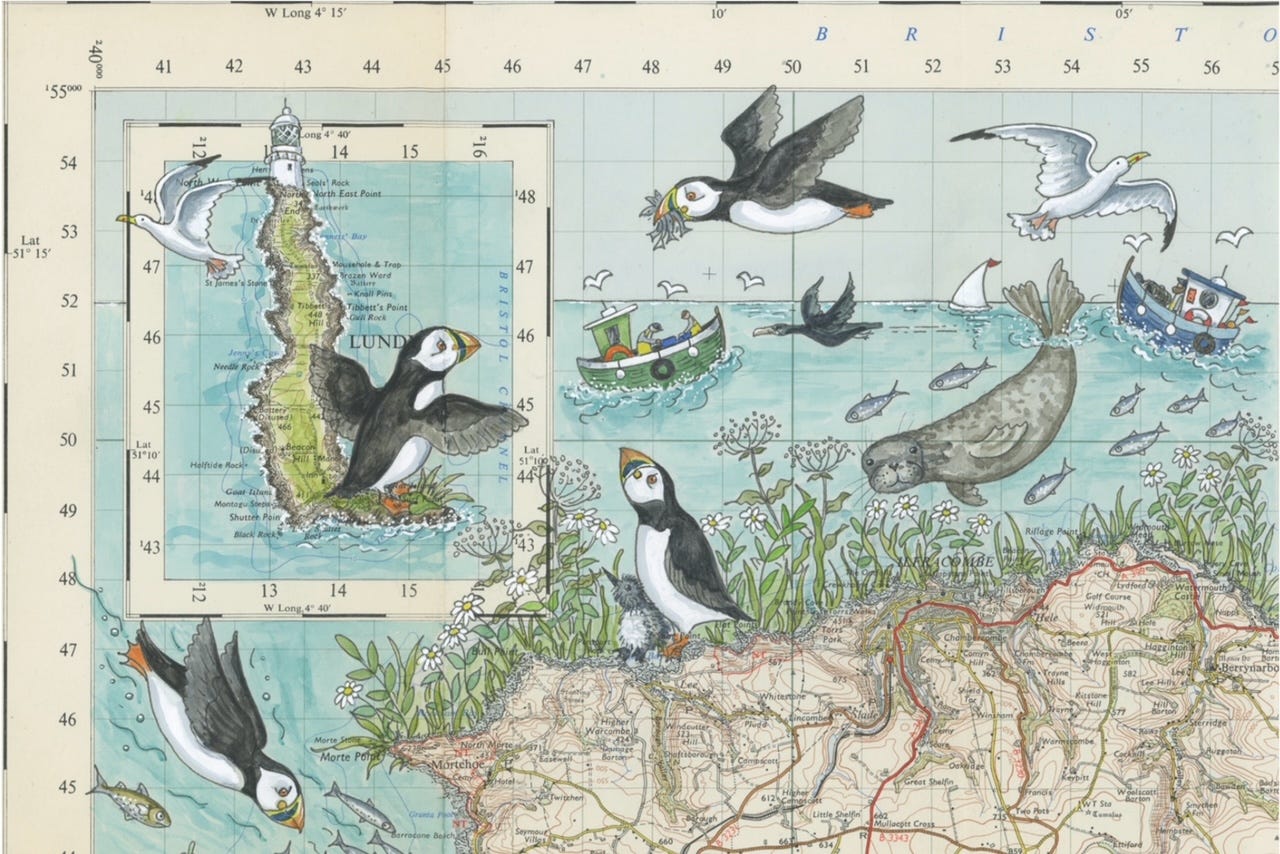
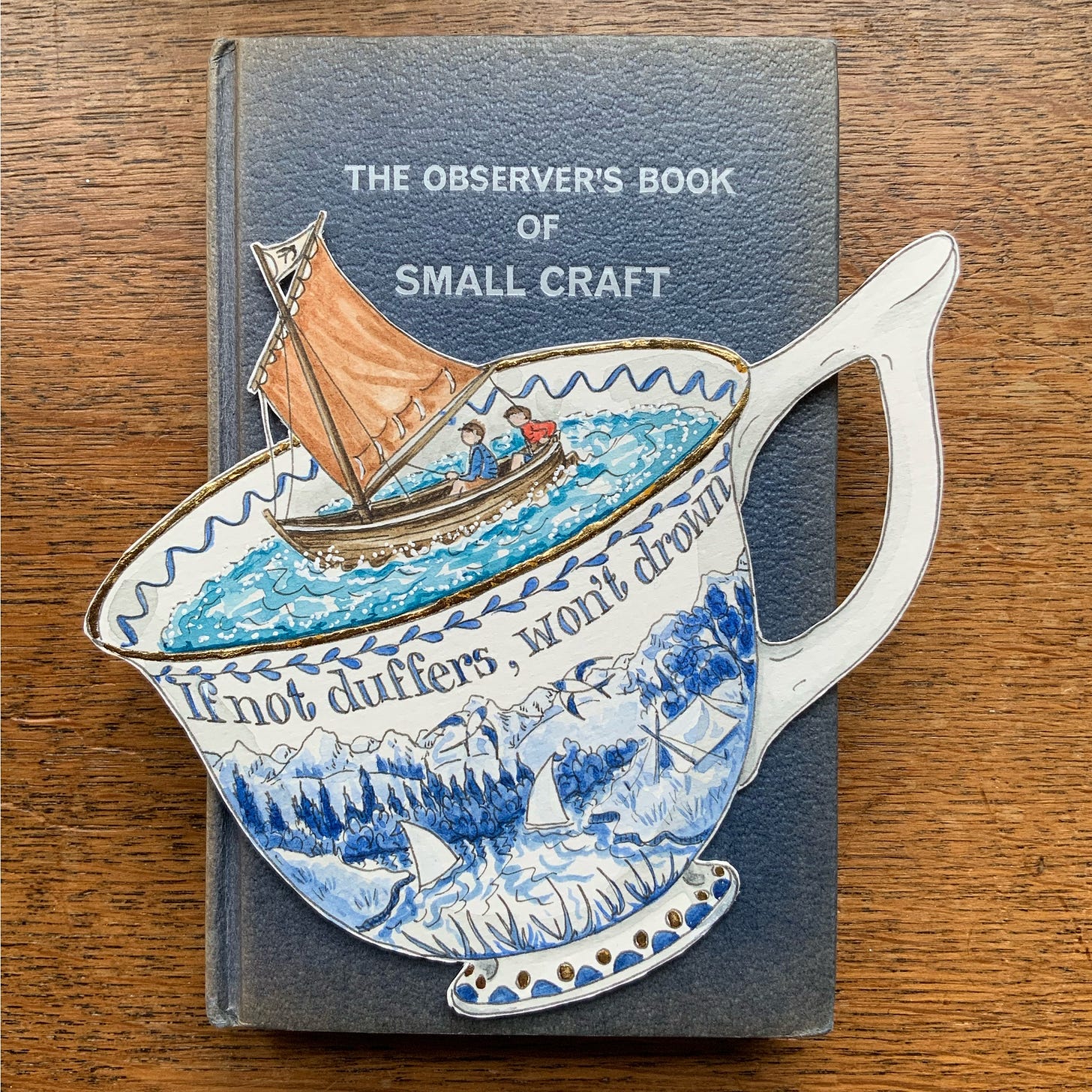
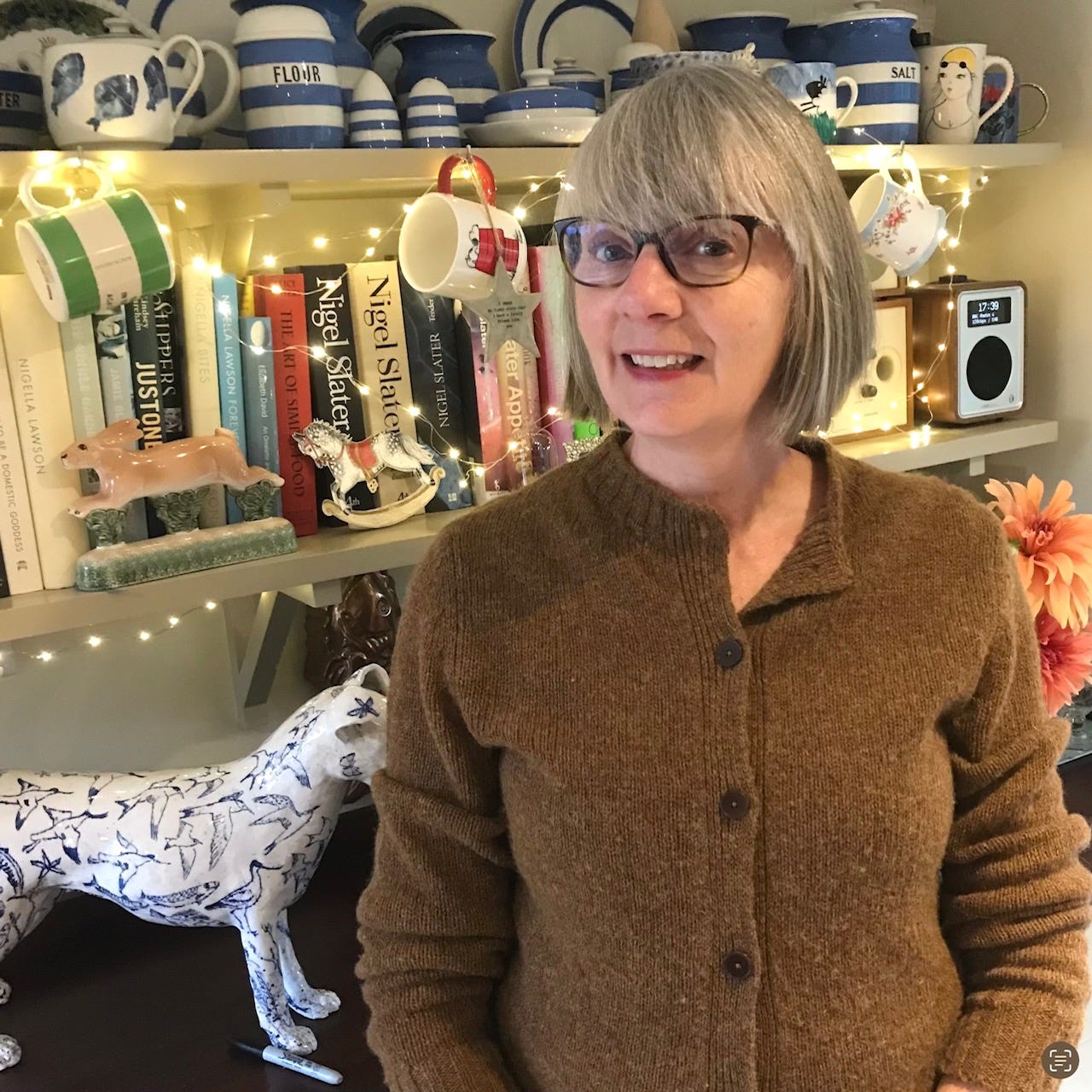
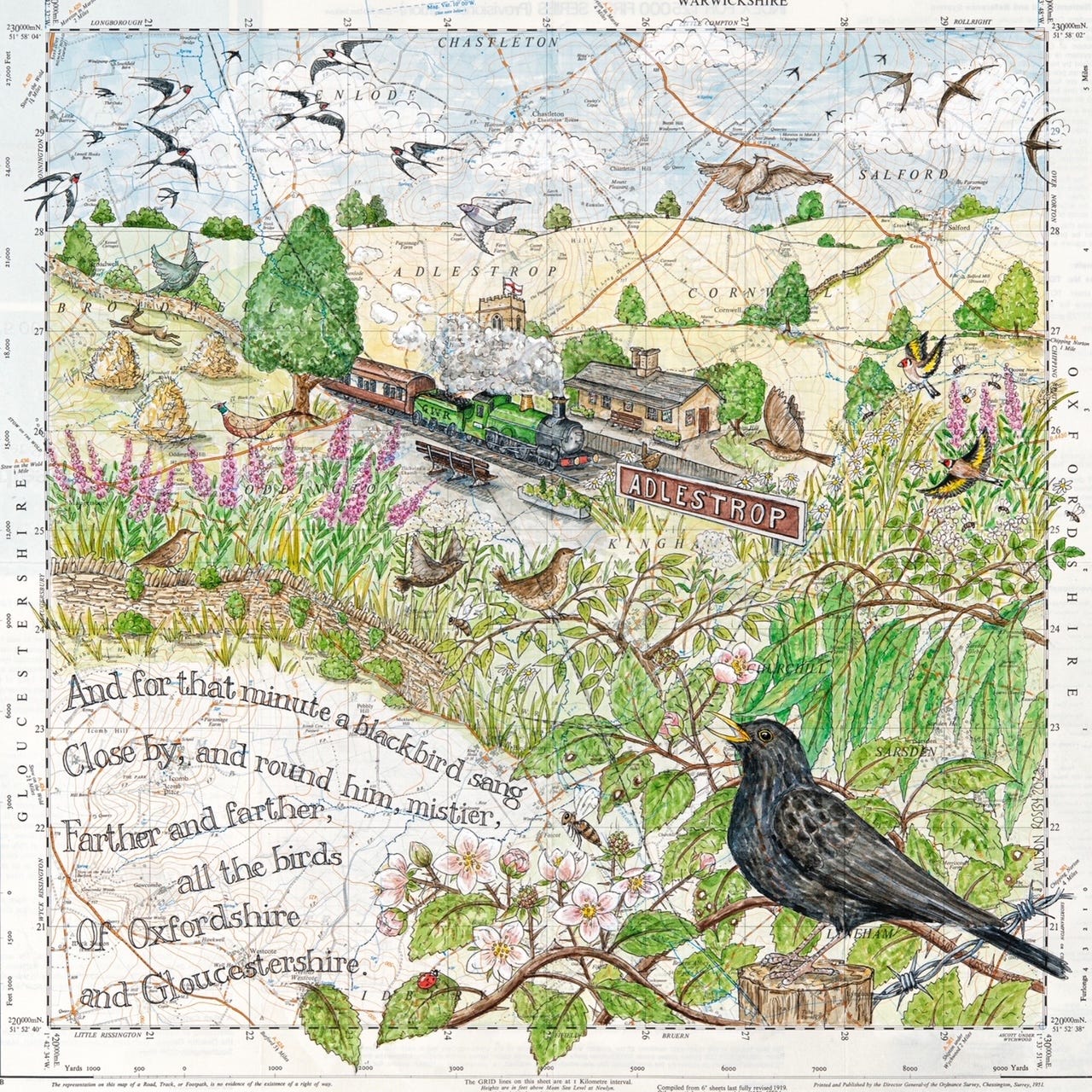

This was wonderful. I loved it all the artist story, the drawings . We all need those maps so we too can get lost in the wonder of life through the eye of the artist. Thank you so much 🌞🖌️
I love her work and like her as a person.
Above all, thank you for doing the interview in written form.